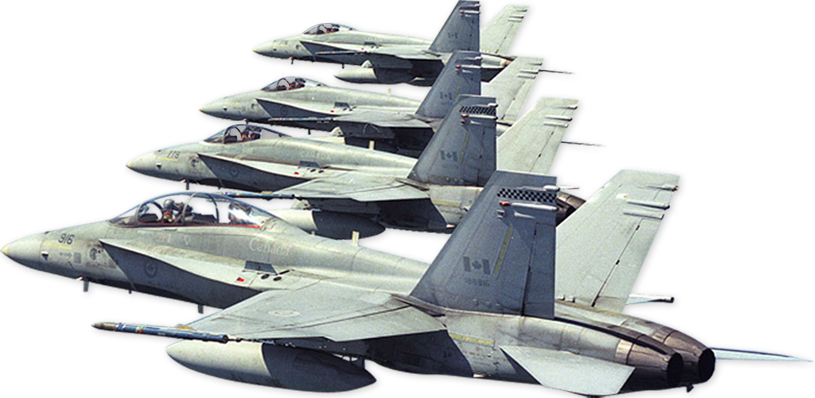ALLIED OFFICERS DEPORTED TO BUCHENWALD
The Nazis respected no one and nothing in their barbarity. Not even the laws of war. It is a well-known fact that, thumbing their noses at all international conventions on prisoners of war, the Geneva Convention in particular, they executed Soviet Officers at Buchenwald, and the forces of von Rundstedt shot American officers and soldiers in 1944, during the Ardennes Offensive. Less well-known is the fact that, in that same year, 1944, 168 officers and non-commissioned officers of the allied air forces, the American USAF, the British RAF, the Canadian RCAF, the Australian RAAF, the New Zealand RNZAF, as well as one Jamaican officer, met a similarly tragic fate when they were deported to Buchenwald, spending a number of months in that camp and then being transferred to various of the German Army’s Oflags and Stalags until the war ended.
Jim, Ed and the others
The story of all of these brave, sometimes reckless, flyers all began in the same way, and within days of each other. A few weeks prior to Operation Overlord, the mission of these young flyers, all between the ages of 19 and 21, was to bombard a number of strategic points and to carry out reconnaissance flights over France. Shot down by German anti-aircraft artillery, they managed to evade the enemy and were picked up and hidden by members of the French Resistance, until they could get out to safety in Spain or Switzerland. Unfortunately, the network that picked them up had been infiltrated by traitors, so the members of the Resistance as well as the flyers were arrested by the Gestapo, interrogated and then imprisoned at Fresnes. Ed Carter-Edwards (1), then an officer in the Canadian Air Force, recalls the humiliation and torture to which he and his comrades were subjected during these interrogation sessions. Accused of sabotage, espionage and high treason, they were beaten until close to death, had their military ID torn from them, and were made to kneel at the point of a Luger held by a triumphant
German officer who shouted at them “So, now prove to me that you are still officers!” One of these men who were betrayed and arrested was Jim Stewart, an officer with the RAF 609 Squadron. The Typhoon bomber he was piloting was downed on May 13, 1944 while over Rouen. He too was picked up by the Resistance and hidden, first in Normandy and then in Paris, where his companions and he were arrested on July 8 after being given up by two traitors, Guy de Marcheret d’Eu code named “Jacques”, and Jacques Dessoubries (2). The treachery of these two led to the arrests and death of many members of the Resistance, as well as sending these allied pilots and their French companions to the most uncertain of fates at BUCHENWALD. The date: August 15, 1944.
THE KLB CLUB
They arrived at Buchenwald on August 19, although not all of them survived the trip, or the shock of camp life, as well as its bombing on August 24. Thirty intelligence officers were hanged on hooks in the crematorium basement during the summer and fall of 1944. During one of the endless roll-calls, those who managed to survive swore a pact of friendship and fidelity, a pact sealed by their desire to survive and to give witness and by their solidarity in the dreadful conditions in the Camp. This was the origin of the “KLB Club”, whose somewhat innocuous-sounding name disguises its serious nature, as it brings together all the surviving airmen who have fought ceaselessly for more than 50 years now, faced with a virtually total indifference, to keep alive in their respective countries the memory of their lost comrades and to witness to the fact that the deportation did indeed take place. Their emblem, which was designed by all of the Allied servicemen deported to Buchenwald, the “club” insignia incarnates all the hope and all the despair of the human condition. It features a bare foot, for many of the deportees were barefoot, to which is attached the ball and chain of exportation to Buchenwald. The ball bears the initials K.L.B. for Konzentration Lager Buchenwald and it forms the centre of a five-pointed star. These five points stand for the members of the five Allied forces who were deported: Canada, the U.S., England, Australia and New Zealand. The chain represents their enslavement, and the wings their hope that freedom would again dawn after the dark night of Nazism The bare foot stands where the fifth point of the white star would be, symbolizing the Allied Forces. Tormented by hunger, cold, dysentery and misery, and weakening fast, these Allied airmen were moved at the end of 1944 to various German Army Offlags and Stalags (3),where they remained until liberation in late April and early May of 1945.
The solitude of the returnees When there was finally some hope for that concept so unknown in the vocabulary of Buchenwald, although repeated so often by the deportees who saw it only in their dreams–FREEDOM–it soon turned sour for these flyers. Not only had they endured the deportation, but once they got back to their home countries, their stories could not hold their own against the colourful tales of major battles. The interest in a D-Day reminis6ence and in the tale of a deportation was decidedly not the same. In !9’6, 2 0un0 AmPrican jo11rnali.st for Newsweek reported the screening of an exceptional documentary, Underground Operations. This had been filmed in Paris in 1944, under the very noses of the German soldiers and therefore at great risk, by two French cameramen, Robert Gudin (4) and Albert Mazurier, recording one day in the lives of a network of Resistance fighters with whom some.of the Allied airmen spent several weeks. In it can be seen Jim Stewart and two other American pilots, Al Richter and Robert Peterson, all three of whom were deported a month later. After their release, these three, instead of being heaped with the honours of victory, somewhat lacked credibility in the eyes of their fellow citizens, who had been too far removed from the horrors of war to grasp its realities, and quickly experienced the solitude of the returnee. They preferred to keep their memories and their thoughts of their lost comrades to themselves. And why was there such silence in countries where there was no censorship and where the media are so quick to grab on to any and all subjects? Perhaps because these were a mere 168 men deported among the hundreds of thousands of other Buchenwald inmates, and they did not constitute an event in themselves, even if their deportation violated international law? It is true that, first of all, the deportation violated human rights. Perhaps too, during the days of the Cold War, NATO was not interested in this coming to light for political reasons, and perhaps as well the United States did not, after the judgements on crimes against humanity had been judged at Nurenberg, want too much attention in connection with the deportation of the allied officers to Buchenwald to be focused on a man whom they were protecting and whose names will forever be linked with the crimes committed at Buchenwald and at Dora: Wernher von Braun. Who can ever understand the reasons for the silence? One thing remains certain: those whose suffering remains ignored are deprived of their identity.








